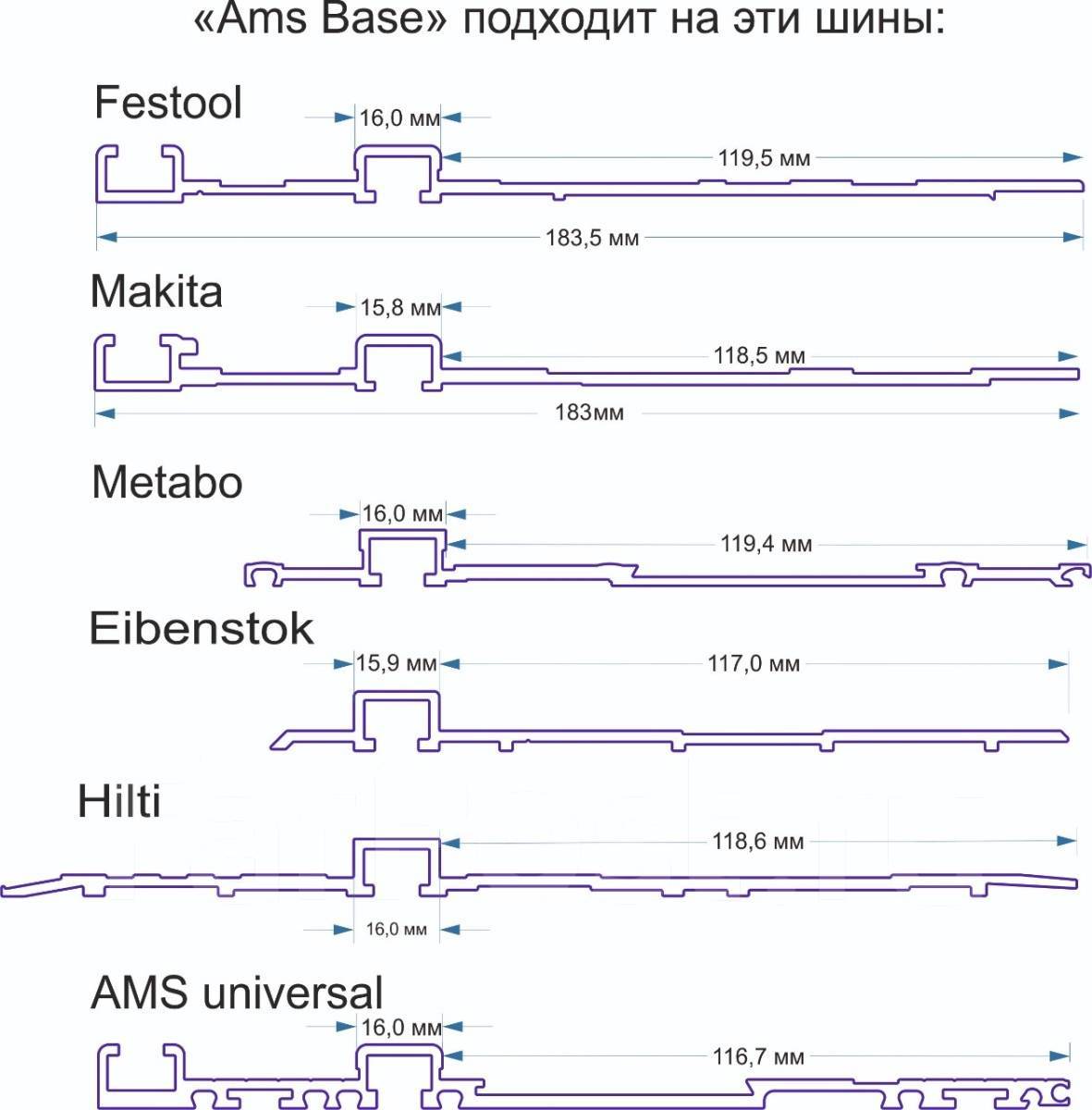mino
Member
Not sure from your post of your take on this, so take below as if for posterity mostly:With my rails as shown, Yes it is centrally expanding.
My thinking is that I would assess the alignment and see how the Saw or Router runs along the rail. As there is a 0.1mm difference in rail width are now looking to see what type of tape can be used to make both rails the same width. What ever tape is used on the outer rail or paint or coating, can be applied to the side of the joiner for the rail that requires re alignment.
My current thinking is to leave it like it is, and then apply a coating to the reference side of the skinny one, and then live with the 0.05mm miss alignment on the floating side.
The Festool connectors, favour one side when tightened due to the offset design of the relief slot for the flexure.
There is only one reference plane with the FS/2 rails - the vertical surface of the rib that is closest to the cut line. This means that even if two rails are not perfectly same width, which extrusion can never be, when using the Festool self-aligning connector set, the only "variances" in play are the "internal" width and reference wall material thickness of the reference rib. In practice that is within 0,02 mm or so, i.e. irrelevant.
Where one can get a variance in the 0.1 mm range is in the distances between the two ribs and the "back" vertical surface in turn. But that does not come to play when one uses only a single self-aligning connector like with FSV/2 or your setup. As such I would not waste a second worrying about the concern raised. The "unevenness" of the rail along its length - that gets multiplied by the short self-aligning connectors interfacing it - is THE concern to worry about at that stage. It is up to two orders of magnitude bigger and cannot be remediated. Ribs thickness concerns like this are completely irrelevant in that context.
Not using self-aligning connectors is pretty much the only way to get better than what you (and Festool) got now as far as whole-system accuracy goes *).
Thumbs up for the work!
*) Assuming the reference surface is used correctly there is zero variance and the presence of two rails even allows compensating for rail unevenness if long-enough reference edge is used ...








